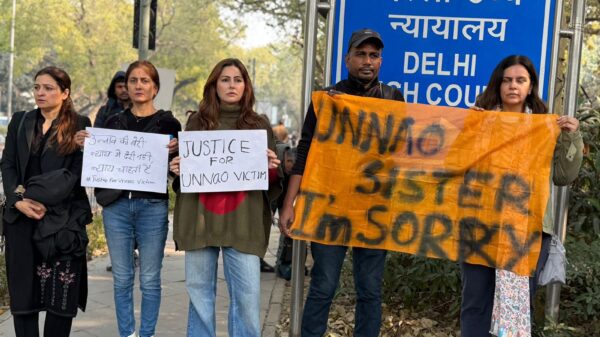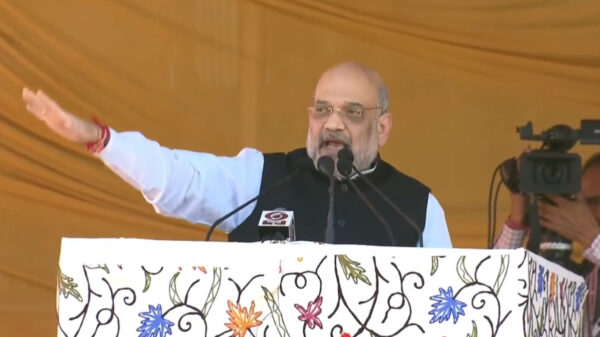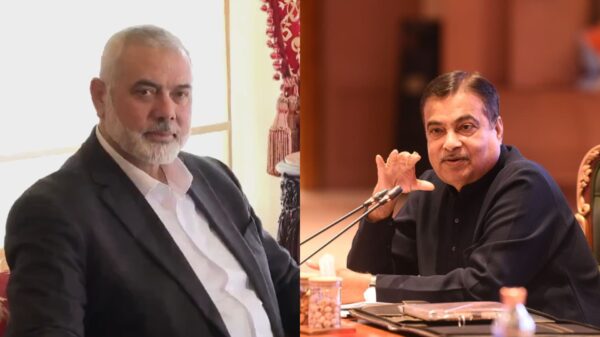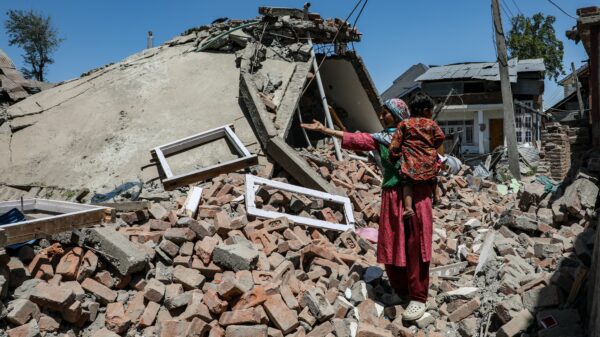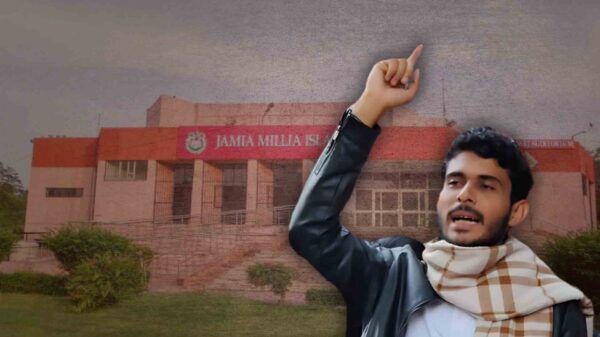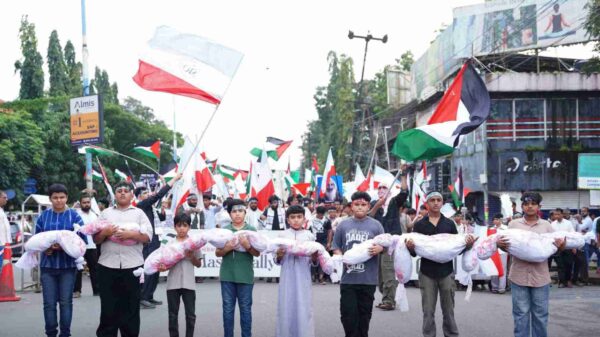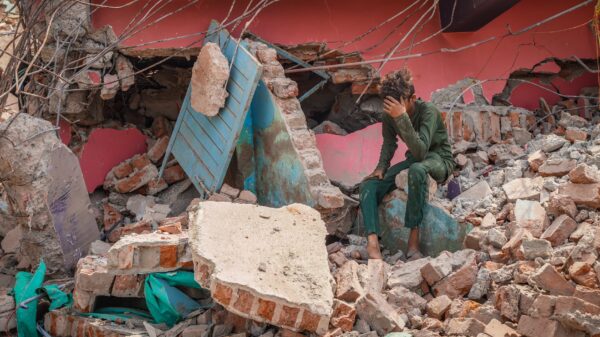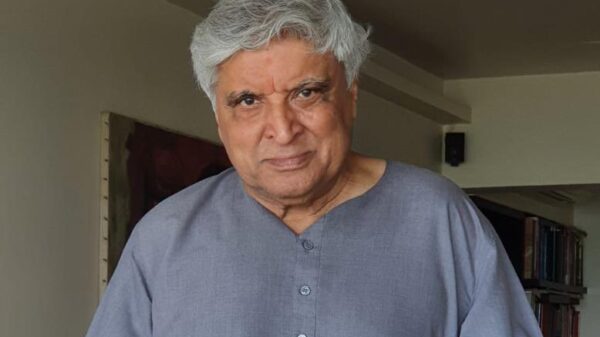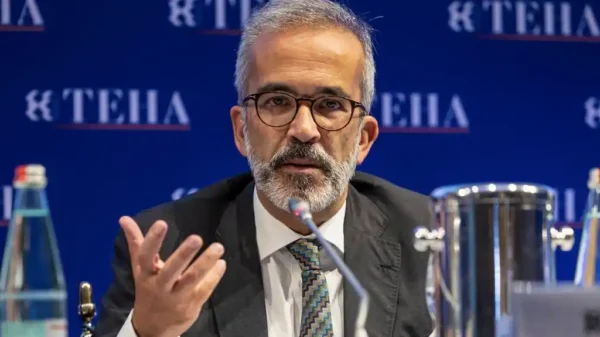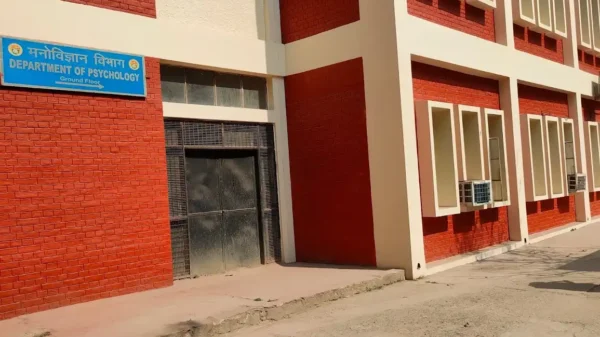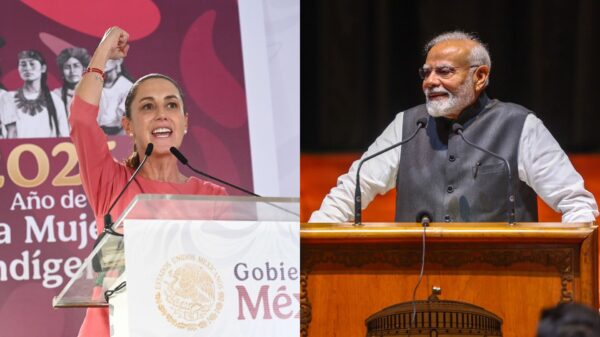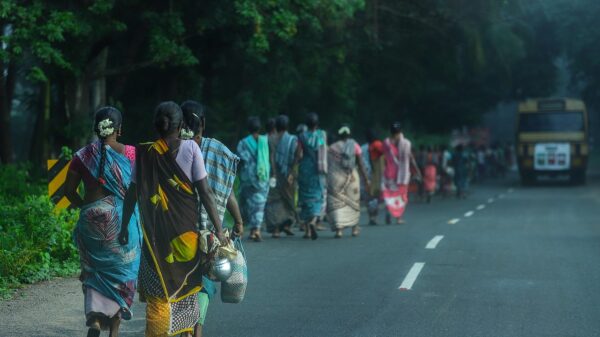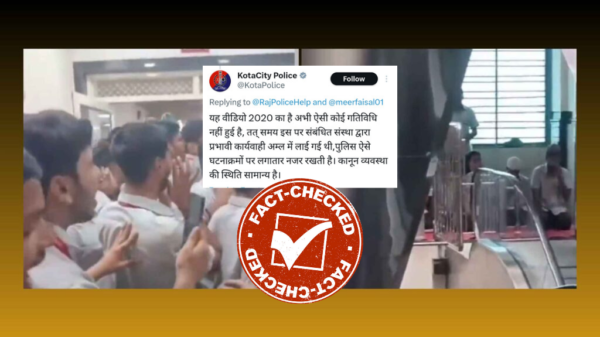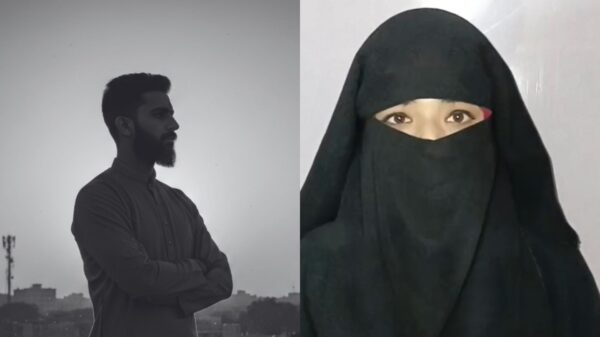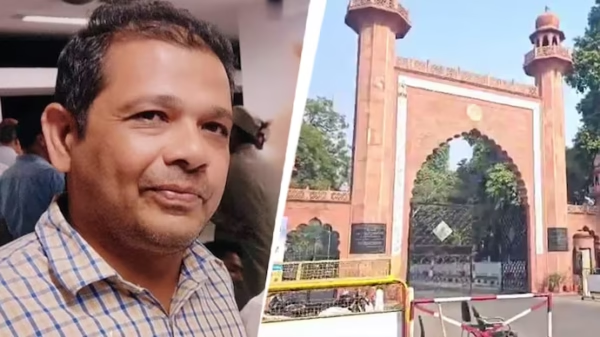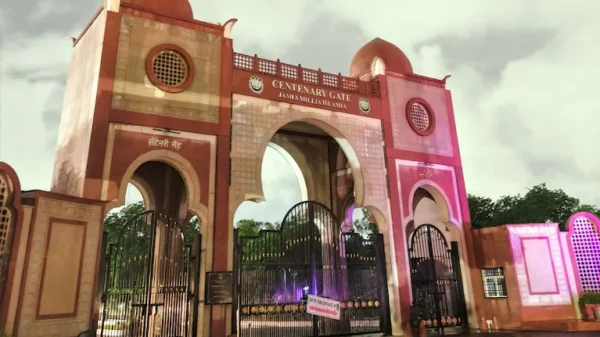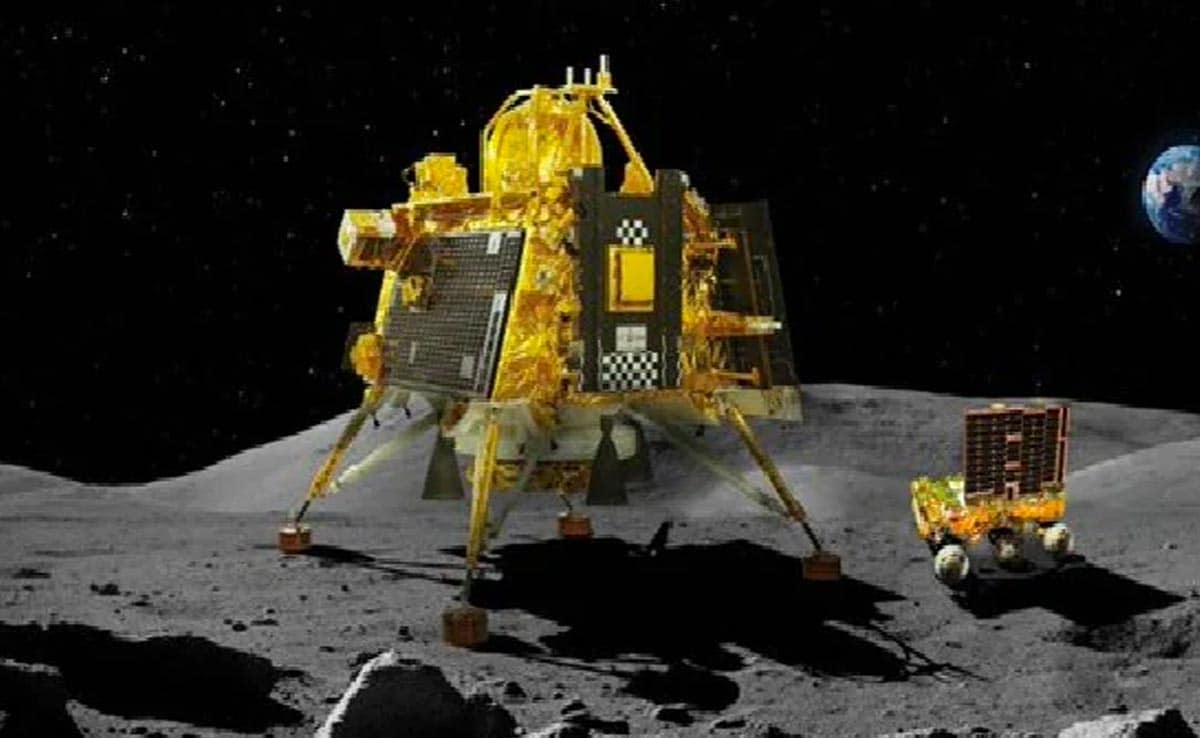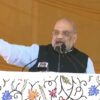On September 22, 2023, India’s space exploration achieves a significant milestone as the nation anticipates the awakening of the Chandrayaan-3 mission’s lander and rover after a two-week period of dormancy on the lunar surface. This event is scheduled to occur in the early hours of September 22, 2023, coinciding with the lunar sunrise.
During his address to the Lok Sabha on Thursday, Science and Technology Minister Jitendra Singh made the announcement of this historic event.
“Tomorrow when the nation will be rejoicing the passage of the Women’s Reservation Bill, we may also hopefully become the first nation in the world to make our Chandrayaan-3 mission land on the moon’s South Pole (which happened last month) and then witness the resumption of navigational activities of both lander Vikram and rover Pragyan after a 14-day slumber (owing to a fortnight-long sunset on the moon),” Singh said while replying to a discussion on Chandrayaan-3 mission’s success in Lok Sabha.
The two-week dormancy of the Chandrayaan-3 lander, Vikram, and rover, Pragyan, was necessitated by a fortnight-long lunar sunset. During this period, the instruments on board the lander and rover were in a state of hibernation to conserve energy. The resumption of navigational activities is eagerly awaited by scientists and space enthusiasts alike.
In his response to Congress MP Shashi Tharoor’s remarks regarding the BJP government’s claims of scientific achievements, Minister Singh highlighted India’s significant advancements in space technology. He noted the increase in the budget for science and technology as well as the space sector, citing a 142 percent increase between 2014 and the present.
“That miracle was of pre-2014 days. Unlike in the Nehruvian era when we were devoid of resources, we are now technologically advanced,” he said.
Furthermore, Minister Singh emphasized the transparency and accessibility of India’s space programs under the NDA government. The live broadcast of the Chandrayaan-3 mission’s launch from Sriharikota on August 23 showcased the government’s commitment to sharing space exploration activities with the public.
Minister Singh also acknowledged the growing participation of women in India’s space endeavors, with more female scientists at ISRO than ever before. He pointed out that the Aditya L-1 mission is being led by a woman scientist, showcasing the strides made in gender inclusivity within the scientific community.
One of the notable achievements highlighted by Minister Singh was the opening up of the space sector to private collaboration, which has led to a significant increase in startups and unicorns in the industry.
The minister concluded by emphasizing the coexistence of science and spirituality, noting that scientists visit Tirupati before satellite launches. “This shows that science and spirituality co-exist, the minister said, referring to defence minister Rajnath Singh’s earlier statement that scientific thoughts are reflected in scriptures also,” he said.
In response, leader of the Congress in Lok Sabha, Adhir Ranjan Chowdhury, acknowledged the contributions of India’s first Prime Minister, Jawaharlal Nehru, in the establishment of institutions like ISRO and the Department of Atomic Energy, which laid the foundation for India’s progress in space research.







